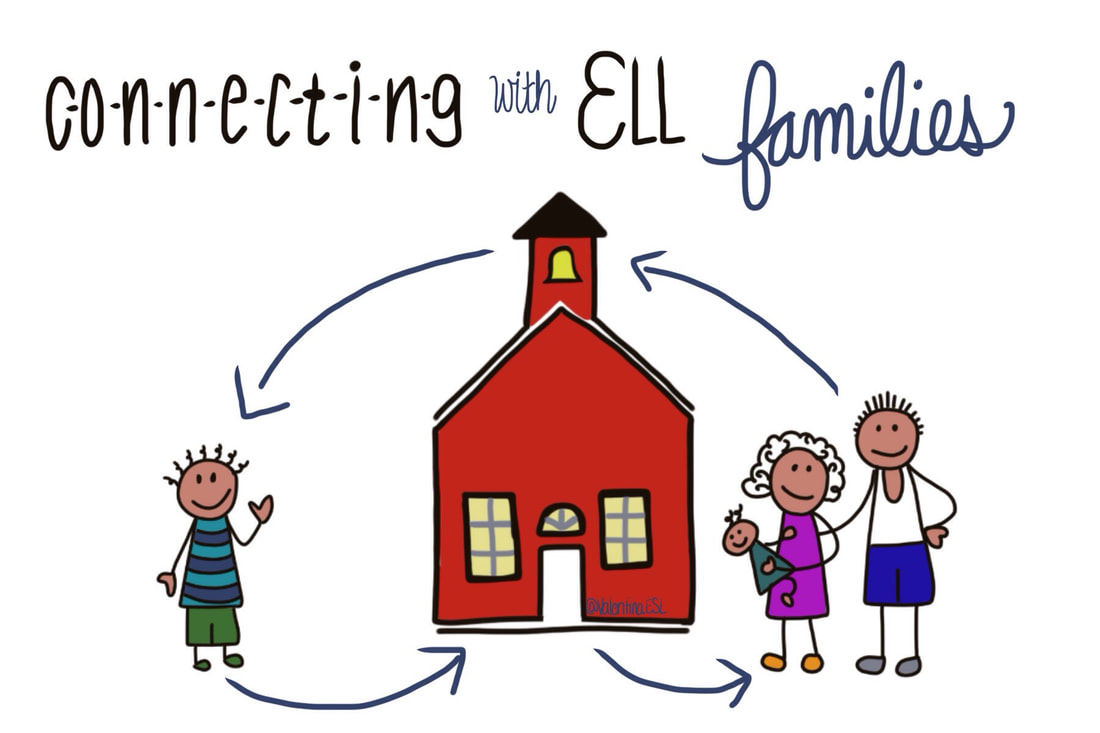Problem Background
It is hard to disagree that speakers of other languages might find it challenging to learn English. Students may face concerns or issues during this process, which is why it is essential for us as teachers to adapt programs and lessons to the learners’ current needs. Various regular assessments serve this purpose, and this paper can help English language learners (ELLs) and their families understand how success can be achieved and measured.

Types of Assessments
Overall, there are three types of assessments that we use to get an idea of where on the educational process our students are. These tests are performed in different ways and for various objectives to together draw a full picture of students’ performance and successes.
- Diagnostic assessments are conducted at the beginning of a new school year or unit. They allow teachers to test learners’ current knowledge and see what skills they have or lack.
- Formative assessments are needed to monitor the actual progress of students. These tests and assignments are never graded but usually include educator feedback. Students can use these assessments and the feedback given to evaluate themselves and improve, while teachers receive an opportunity to identify gaps to address later (Ismail et al., 2022). Some examples of formative assessments are homework and ungraded discussion board posts, tests, and quizzes.
- Summative assessments are completed at the end of a unit or school year and are graded. They are research papers, exams, and different projects that help sum up the skills and knowledge that students have received (Ismail et al., 2022).

Alignment of Assessments to Standards
Our assessments meet the elements of the Common Core State Standards Initiative and English Language Proficiency (ELP) Standards. According to Ferlazzo (2018), while it might be challenging for ELLs to learn the language properly and in an engaging manner and take tests that are aligned with the Common Core Standards, it is still important. We use the latter to ensure that the content offered to our ELLs is informative, relevant, and full. Secondly, according to ELP standards, our assessments “focus on receptive, productive, and interpretive English language skills” (“The ELP Standards,” 2023, para. 3). We do not consider spelling and grammar correctness as the primary components of the language function but aim to provide our ELLs with a capacity to use English within certain content areas. Therefore, all these standards allow us as teachers to assess whether our learners have progressed in both language and content.
Testing Accommodations
According to studies, different types of accommodations provided or not provided to ELLs can affect their test performance and understanding of tasks given (Abedi, 2021). Therefore, we offer our students the best and most evidence-based testing accommodations to facilitate their learning success. These special arrangements are the following:
- Flexible scheduling and setting: assessments are conducted when and where it is most comfortable for ELLs (Duval County Public Schools, n.d.).
- Extended time to take the test: learners have more time to complete their assignments, which allows us to make sure that they are relaxed and comfortable when first reading and understanding what is required.
- Using appropriate word-to-word dictionaries: this accommodation is needed to avoid errors that are not directly related to the skills and knowledge tested.
- Reading assignment parts aloud to the learners and repeating instructions: teachers who are present at the exam read some tasks aloud to make them more understandable and pronounce instructions more than once (Abedi, 2021).
- ELL teachers administer tests: To facilitate understanding and ensure that all needs of ELLs are met during assessments, ELL educators participate in the process.

Use of Data to Inform Instruction
The data we receive through assessments are used for several purposes. Firstly, when planning further lessons, a teacher can include information that had to be but was not perceived well previously. Therefore, the identification of gaps in competencies and knowledge in assessments informs educator decision-making and allows teachers to enrich their further interventions. What is more, if it becomes evident that students constantly fail similar tasks in several assessments, educators can change the way they teach the skills included in these tests (Heritage et al., 2020). Additionally, if we notice that only some learners struggle, we prepare individual plans in which an emphasis is placed on gap elimination. As a result, without receiving the data from assessments, our teachers are not able to properly adapt their educational approaches and interventions.
Communicating Feedback
Lastly, we always communicate timely and meaningful feedback to our learners and their families. The provided feedback, both individual and collective, addresses the primary goals of an assessment it refers to, highlighting successful parts and areas for improvement. Student self-reflection strategies are also utilized as learners are offered to justify their word choices or reflect orally or in written form on what they feel they understand perfectly or need to improve. These techniques help establish mutually beneficial feedback that is informative for teachers, ELLs, and their families.
References
Abedi, J. (2021). Accommodations and universal design. In Fulcher, G. & Harding, L. (Eds.), The Routledge handbook of language testing (pp. 306-321). Routledge.
Connecting with ELL families. (2018). Valentina ESL. Web.
Duval County Public Schools. (n.d.). ESOL (English for speakers of other languages). Web.
Education and Training Foundation. (n.d.). Me and my family. Web.
The ELP standards. (2023). ELPA21. Web.
Ferlazzo, L. (2018). Response: “Unlocking the Common Core” with English language learners. Education Week. Web.
Heritage, M., Walqui, A., & Linquanti, R. (2020). English language learners and the new standards: Developing language, content knowledge, and analytical practices in the classroom. Harvard Education Press.
Ismail, S. M., Rahul, D. R., Patra, I., & Rezvani, E. (2022). Formative vs. summative assessment: Impacts on academic motivation, attitude toward learning, test anxiety, and self-regulation skill. Language Testing in Asia, 12(1), 40. Web.